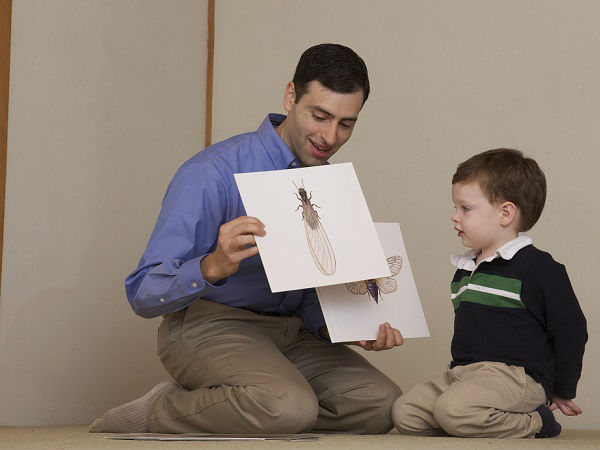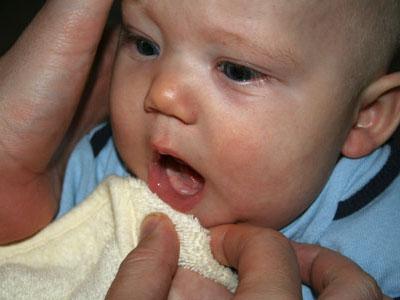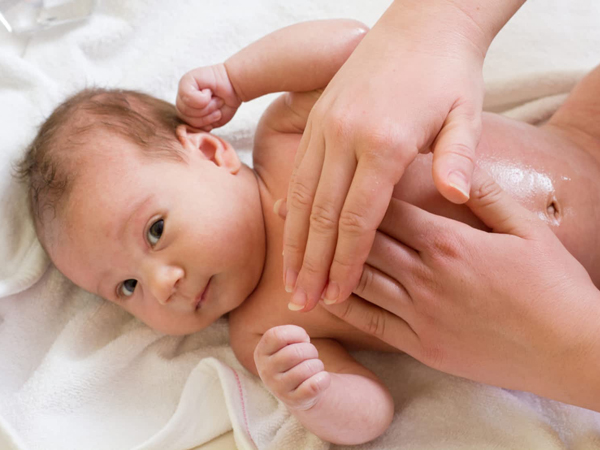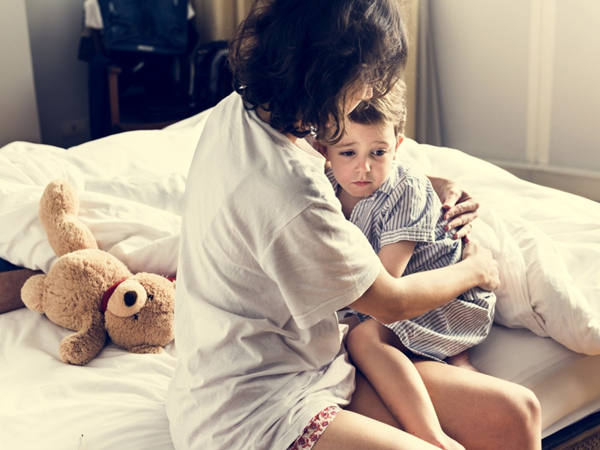Tuberculosis vaccination of infants in the first month after birth is essential. It helps children prevent tuberculosis and many dangerous complications when growing up.
content
Preparations before vaccination
Tuberculosis vaccination schedule for infants
Where is TB vaccination for babies?
Note after tuberculosis vaccination for infants
However, in the past, according to experience, there are many problems with TB vaccination that can happen to children. Parents need to know the important notes when planning to handle the baby's reactions promptly if any.
Preparations before vaccination
Choose the right time
The best tuberculosis vaccination schedule for babies is for the 2nd or 3rd week after the baby is born. Late tuberculosis vaccination for infants increases the risk of tuberculosis higher than children who are properly and fully vaccinated according to regulations of the Ministry of Health.
For children who have not been vaccinated after 1 month of age, the vaccine will only work when the baby is not infected with tuberculosis. If the child is already infected, the parent does not need the injection. With positive cases, you don't need to worry too much because the TB bacteria are not yet in the form that causes TB.
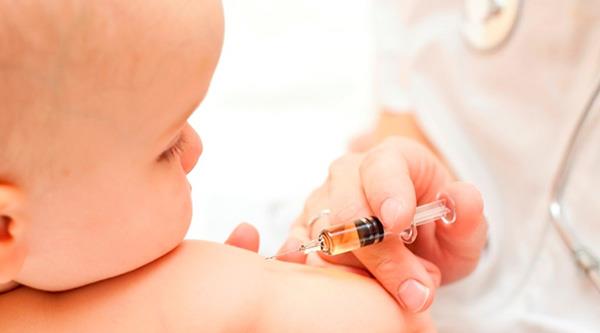
Mothers should get a tuberculosis vaccine for their newborn babies in the 2nd or 3rd week of life
Check the baby's health
For healthy children, parents can do the TB vaccination according to the vaccination schedule for the planned child . As for the sick babies, parents should clearly report the status to the doctor to see if the injection can be given or delayed. Because of poor condition makes the child more susceptible to side effects.
In order to check the child's health with good results, parents need to answer screening questions (defects, food allergies, drugs being used…) accurately and in detail.
Cases should not be vaccinated against tuberculosis for babies
The child has a fever
The child has just recovered from the illness, still in the time of recovery.
Children with purulent dermatitis .
Children with chronic illnesses (measles, pneumonia ...)
Premature babies, underweight.
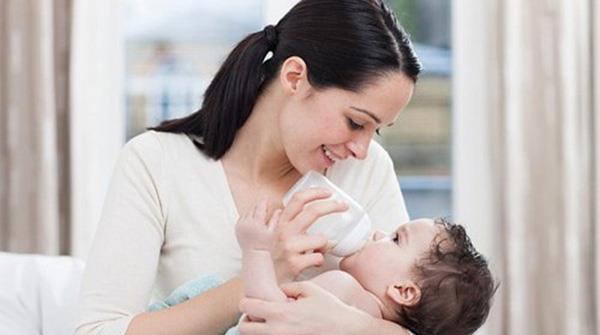
You should not breastfeed your baby, eat too full or make him hungry to avoid hypoglycemia
Eat, drink, dress for children before injection
Mother prepares cool and spacious clothes for the baby to wear comfortably. Children need clean hygiene to avoid infection.
Should not breastfeed, eat too full, not hungry, avoid causing hypoglycemia after TB vaccination.
Tuberculosis vaccination schedule for infants
As recommended by the National Expanded Immunization Program Children in the first month should be vaccinated against TB (before 28 days of age) to maximize the effectiveness of protection.
Tuberculosis is one of two vaccines indicated for compulsory vaccination for newborn babies (neonatal hepatitis B given within the first 24 hours of life and a one-time tuberculosis vaccine for babies within the first month of life). ).
These vaccines are all part of the expanded vaccination program, so they will be purchased free of charge by the state budget.
Where is TB vaccination for babies?
Currently, the Vaccine for Tuberculosis (BCG) is available in the national expanded vaccination program that is free of charge at commune, ward or city health centers in the expanded immunization system.
In addition, mothers can choose to vaccinate services at the nearest medical facilities, hospitals and clinics.
Note after tuberculosis vaccination for infants
Children need to stay at the vaccination facility for at least 30 minutes after vaccination to monitor for reactions or abnormal signs with the TB vaccine. Within 4 days of injection, the family continues to monitor the child's condition to take measures to promptly handle some common symptoms when vaccinating newborn tuberculosis:
Pus or fever is a symptom of a newborn baby vaccinated as a completely normal response to a TB vaccination.
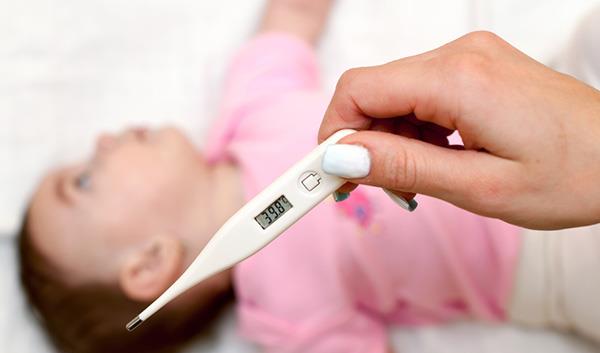
Pus or fever are common symptoms after TB vaccination
If your baby has a mild fever, parents can take fever-reducing medicine according to the doctor's instructions after wiping it off with warm water. However, if the fever is over 39 degrees Celsius, the person turns purple, the injection site is swollen, take your child to a medical facility near your home for care and treatment.
The phenomenon of pus at the injection site can last 3-4 months and will go away if parents adequately clean the injection site. To reduce redness and swelling, mothers can sprinkle on the skin to inject 1% isoniazid solution or isoniazid powder. The injection site after rupture of pus will scar over the years, indicating that the baby is immune to tuberculosis.
If there is painful swelling at the injection site, parents should use a cold compress with a washcloth soaked in bacteria. After the injection is completed, the mother breastfeeds the child, eats normally, drinks more water.

3 times to absolutely avoid cutting nails for babies Not all mothers are bold to cut nails for babies. Baby's small hands and delicate skin are easy to happen, like cutting into a child's skin!
Although vaccinated against tuberculosis, but in the period of immunity, mothers avoid exposing babies to sources of infection with TB bacteria and avoid other sources of infections that impair the baby's immune system.
With any situation that arises, the family also understands how to respond and deal with the reaction of the baby's body after vaccination. The tuberculosis vaccination note for infants will help parents to equip the necessary knowledge to vaccinate. Your baby will have a safe TB vaccination session and be immune to dangerous TB disease.








